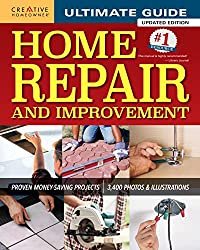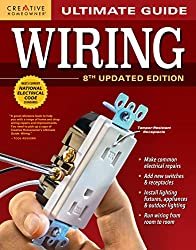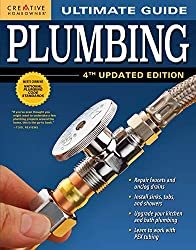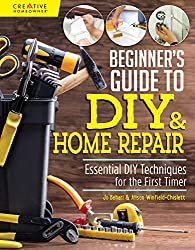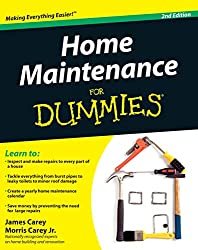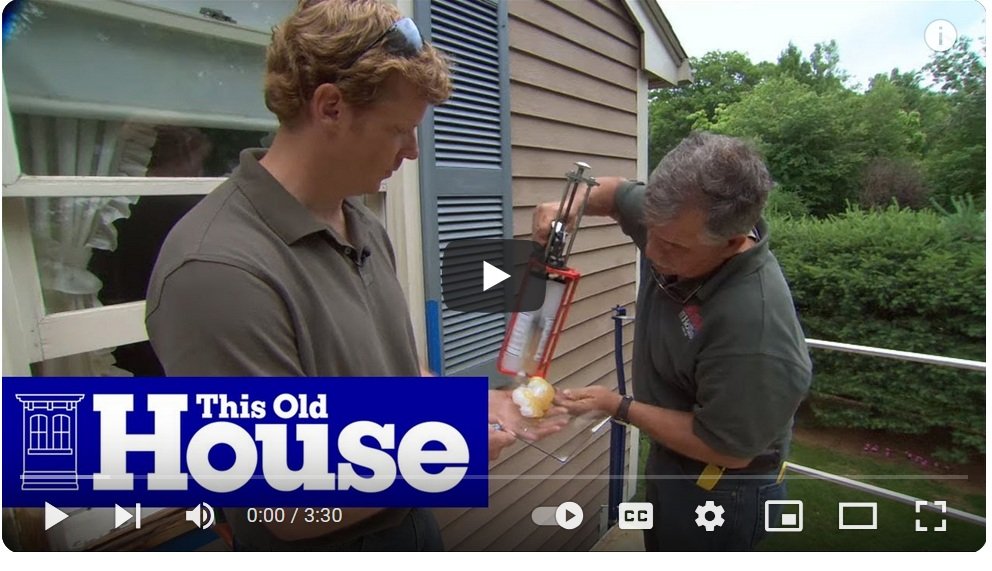Did you know that nearly 70% of homeowners delay repairs until the costs double or even triple? If you’ve ever been overwhelmed by a dripping faucet, faulty wiring, or skyrocketing repair costs, you’re not alone. Tackling home repair issues right away can protect your greatest investment, boost your property’s value, and bring peace of mind. In this guide, you'll learn step-by-step solutions for the most common home problems, when to seek professional repair services , and how to access repair programs and financial help—so you can fix issues fast and avoid expensive future headaches.

Did You Know Most Home Repair Issues Are Ignored Until They Cost Double? Fast-Track Your Home Repair Now
Ignoring early signs of trouble—like a dripping pipe, flickering lights, or peeling paint—can lead to major home repair problems that double repair costs or even threaten your home’s safety. The harsh reality is that procrastination turns small maintenance items into serious, urgent repairs. Reacting quickly to even minor symptoms helps you prevent structural damage, toxic mold, and expensive emergency calls. Fast action not only preserves the value of your home, but also protects your family’s health and comfort.
For example, a slow water leak beneath a sink may cost only a few dollars to seal when caught early, but mold remediation and cabinet replacement from an ignored leak can run into the thousands. By recognizing common home improvement needs and leveraging timely repair services , you prevent escalation and save big in the long run. This means being proactive, inspecting your home, and acting as soon as issues arise.
- Discover which frequent home repair problems cost homeowners thousands
- Practical home improvement steps to resolve them quickly, based on expert repair services insights
- Direct tips for finding local assistance through home repair programs

Essential Home Repair: Fixing The Most Common Problems That Could Damage Your Home
Tackling the most common repair concerns early can save you hundreds—sometimes thousands—of dollars. Home repair specialists agree that water damage, electrical problems, and basic structural wear are the leading culprits behind escalating property costs. Knowing the red flags and addressing them swiftly not only ensures your living space remains safe and comfortable, but also future-proofs your property investment.
Let’s break down the top issues and walk through simple steps to address these before they become emergencies. We’ll also cover what tools and materials you may need, when to hire professional repair services , and which DIY home improvements offer the most immediate value. Whether you’re facing a leaky pipe, a malfunctioning outlet, or just worn fixtures, rapid response is your best line of defense.
Water Leaks and Plumbing Issues: Immediate Home Repair Tactics
Leaky pipes, dripping faucets, and water stains are more than just annoyances—they are among the fastest ways to cause expensive structural damage. The sooner you spot and address these problems, the less likely you’ll face extensive repairs. Begin by inspecting under sinks, around toilets, and behind appliances for moisture or discoloration . Use a flashlight to spot early water signs and listen for unexplained dripping.
If you find a leak, turn off the main water supply. Tighten fittings with an adjustable wrench or, for minor leaks, apply plumber’s tape. More complex issues—like persistent backups or significant water pressure loss—may require calling in professional home repair services or your local repair program for help. Keep essential tools like a wrench, bucket, towels, and plumber’s tape handy for quick emergencies.
Still unsure? Don’t let a minor trickle turn into a burst pipe. Save time and money by contacting a certified plumbing specialist if repairs exceed your DIY comfort level. Many home repair programs also offer emergency services and advice for swift response.
- Identify leaks by checking beneath sinks, around appliances, and in the basement
- Have plumbing tape, wrenches, and a bucket ready for small repairs
- Contact certified home repair services for extensive leaks or recurring plumbing issues
- Explore your city’s emergency home repair program for after-hours support
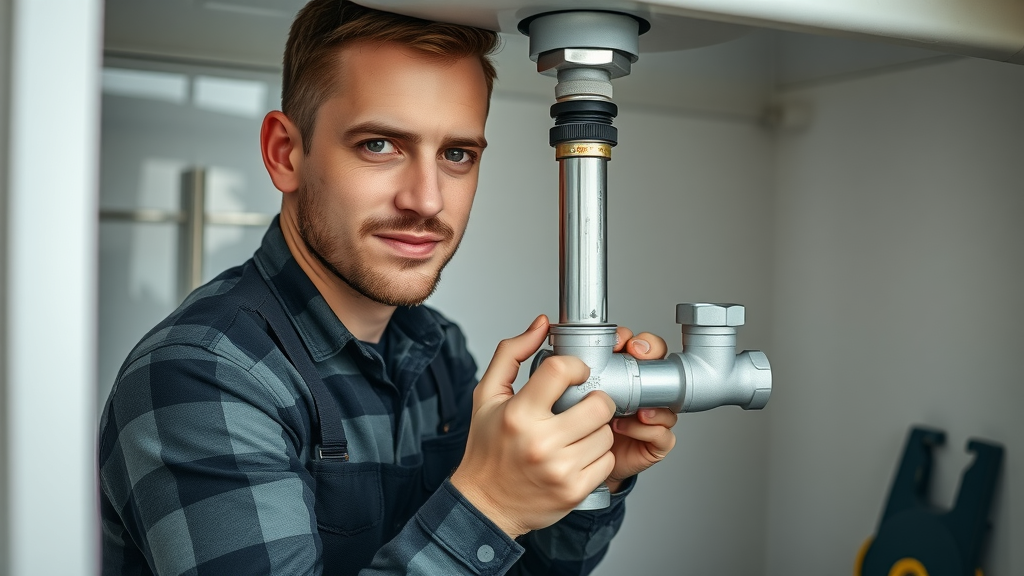
Electrical Troubleshooting in Home Repair: Stay Safe and Proactive
Electrical issues—like flickering lights, dead outlets, or a constantly tripping breaker—can be both dangerous and costly if left unresolved. To start, always ensure the main circuit breaker is turned off before you handle wires or outlets. Check for signs of trouble, such as scorched outlet covers, buzzing sounds, or occasionally burning smells. These symptoms often indicate faulty circuits that need professional attention sooner rather than later.
If you notice a problem, try resetting the circuit breaker or unplugging devices to isolate the issue. If the breaker keeps tripping, consult an electrician. Electrical repairs can be hazardous without proper experience, so don’t hesitate to use local repair services or a repair program to guarantee safety. Some communities have home repair programs specifically for electrical updates—especially important in homes built before modern safety codes.
Proactive maintenance, like replacing worn-out extension cords and testing GFCI outlets monthly, also prevents shocks and fires. When in doubt, prioritize your safety by seeking professional help—never attempt to fix complex electrical problems on your own.
- Always turn off the main circuit breaker before electrical repairs
- Spot faulty outlets by checking for scorch marks or unusual buzzing noises
- Access local repair program or professional home repair services for major electrical issues
- Replace outdated wiring and ensure all home outlets are up to local safety codes

Home Improvement and Home Repair: When and How to Upgrade for Value and Safety
Understanding when to repair versus when to upgrade is crucial for maintaining your home’s value and keeping your living environment safe. Simple home improvements —like painting, changing light fixtures, or updating cabinet hardware—can add significant appeal at a low cost. However, issues like outdated plumbing or old electrical systems often signal that it’s time for a more thorough upgrade with long-term benefits.
Professional repair services can identify which repairs are urgent versus which home improvement projects offer the best return on investment. For example, fixing a broken stair is essential for safety, while a fresh coat of paint or new light fixture can dramatically enhance your space’s appeal for a reasonable price. Weigh the costs and benefits of each, and don’t hesitate to seek advice from your local repair program before launching a larger project.
Small Home Improvements That Make a Big Difference
Minor refreshes can yield major rewards in both comfort and property value. Quick fixes such as painting an accent wall, replacing worn doorknobs, or updating lighting fixtures can refresh your home’s look and feel almost instantly. Not only do these home improvements boost aesthetics, but they also serve as preventive measures, reducing the need for larger home repair down the road.
If you’re a confident DIY-er, most of these upgrades only require basic tools and a little bit of time. Still, assess your skills honestly—some jobs, especially those involving wiring or plumbing, may best be left to professional repair services . If you’re unsure, consult your area’s home repair program to see if financial or expert help is available for minor property improvement tasks.
- Refresh your space with paint touch-ups or an accent wall
- Upgrade old fixtures, knobs, and faucets for an instant modern look
- Balance DIY savings with the time and tools required—don’t hesitate to hire repair services for tricky projects

| Project Type | Average Cost | Time to Complete | Impact on Value |
|---|---|---|---|
| Minor Home Repair (leaky faucet, patch drywall) |
$100 - $500 | 1 day | Essential maintenance, prevents bigger issues |
| Major Home Repair (roof leak, electrical rewire) |
$1,000 - $10,000+ | 1–10 days | Protects safety and structure, preserves value |
| Small Home Improvements (paint, new fixtures) |
$50 - $500 | 1–2 days | Boosts appeal, minor ROI |
| Major Improvements (kitchen remodel, new roof) |
$5,000 - $50,000+ | 1 week–2 months | Significant property improvement, major ROI |
How to Find Your Local Home Repair Program or Repair Services
Finding reliable home repair services or tapping into repair programs in your area can be much easier than you think. Start by searching online for “find your local home repair program” —most city or county governments and non-profit organizations list resources, requirements, and contact info on their official websites. National directories and secure company portals offer directories of certified repair services by specialty, reviews, and emergency response times.
Look for .gov or .org domains when browsing online, as these indicate official website resources or reputable non-profit organizations. You'll often find eligibility checklists, downloadable applications, and important guidelines about what types of repairs are covered. Many local repair programs provide discounts or free services for senior citizens, veterans, or those with disabilities.
Don’t forget—word of mouth counts. Ask neighbors or local community centers about trusted repair services. Social media groups and city websites can also be great resources for up-to-date program offerings, especially during seasonal repair drives or emergencies.
Where and How to Access Home Repair Services and Home Repair Programs
Start by visiting your municipal government page—type “your city + home repair program” into a search engine. County departments of housing and urban development often administer grant-funded repair programs, while non-profits serve niche populations such as low-income families or the elderly. National websites, including HUD.gov and Rebuilding Together, maintain lists of programs by state. Always use secure websites with “https” in the URL to protect your sensitive information .
Apply directly online or call the provided numbers to request forms or in-person appointments. Program staff will walk you through eligibility based on income, age, disability status, or repair need. Some programs cover full costs; others offer discounted repair services or improvement loan packages. If you’re unsure about which option fits your situation, most official websites have chat or phone support to answer detailed questions.
You can also check large national repair program directories, which vet and list licensed local contractors by location, specialty, and user ratings. This approach helps you avoid scams and ensures your home repair is completed by qualified experts. Review ratings, compare quotes, and choose the best match for your needs and budget.
- Search your city or county’s home repair program online directory
- Call local housing or urban development offices for assistance and eligibility screening
- Use national program directories like HUD.gov or Rebuilding Together for trusted referrals

"Investing in fast, preventive home repair pays off—it’s not just about cost, but about peace of mind." — Certified Home Inspector
Financing Your Home Repair: Home Improvement Loans and Grant Programs
Many homeowners hesitate on urgent repairs due to budget constraints, but a variety of improvement loan and grant options make repairs accessible and affordable. Banks, credit unions, and government agencies offer loans and grants tailored to different income levels, project sizes, and urgent needs. The right loan program can help you finance repairs quickly and minimize disruptions to your household.
Be aware that eligibility varies: Some loans, such as property improvement loans or accessibility modifications, require proof of homeownership, while others offer special rates for seniors, veterans, or those in specific ZIP codes. In states like Florida, grants can reach up to $10,000, covering labor, materials, and even accessibility modifications. Before applying, compare rates and check for application deadlines on the official website of each program.
Loan Programs, Grants, and Home Repair Program Assistance Explained
Improvement loan options range from small personal loans to federally backed property improvement loans and zero-interest emergency repair loans. Each program outlines terms for repayment, eligible repairs, and any associated fees. For homeowners needing accessibility upgrades, special programs also exist for modifications ranging from ramps to bathroom updates.
Eligibility for these loans and grants depends on your household income, credit score, the urgency of repairs, and sometimes your home’s appraised value. The much-talked-about $10,000 home improvement grant in Florida is available to qualifying residents through the Florida Housing Finance Corporation and local non-profits. This grant can be combined with repair program loans to cover extensive home repair costs where insurance falls short.
Consider both pros and cons before proceeding: loans must be paid back, but grants are usually free. Seek advice from a financial counselor or community development agency to ensure you choose the most affordable option. Your city’s repair services department may also coordinate with lending institutions or non-profits to create bundled assistance for qualified applicants.
- Apply for improvement loan programs with low rates from banks or government agencies
- Seek home repair grants and property improvement loan options for qualifying projects
- Explore the $10,000 Florida home improvement grant—contact the Florida Housing Finance Corporation for guidelines
- Review eligibility details, repayment plans, and application deadlines carefully before committing

People Also Ask: Essential Home Repair Questions Answered
How much do home repairs usually cost?
Typical home repair costs vary widely: small repairs (like fixing a faucet or patching drywall) often run $100–$500; larger jobs (roof work, electrical upgrades) can exceed $5,000–$10,000. Factors affecting your budget include the age of your home, the complexity of the repair, local labor rates, and the materials needed. Most home repair services provide detailed estimates after inspecting the issue, so always get multiple quotes for major work to understand your true costs and avoid unnecessary expenses.
What is the $10,000 grant for home improvement in Florida?
The $10,000 grant for home improvement in Florida is a state-sponsored program designed to help eligible homeowners fund repairs or upgrades that improve safety, accessibility, and property value. To qualify, applicants must meet certain income limits and show a direct need for repair. Apply through the Florida Housing Finance Corporation or approved non-profits—check the official website for full instructions and to see if you’re eligible. This grant can often be paired with an improvement loan or other local repair support programs.
What to do when you can't afford a home repair?
If you can’t cover urgent repairs out of pocket, explore home repair programs run by local governments and non-profits, which help cover or subsidize costs for critical repairs. Start with your city or county’s housing department, or search for state-backed loan programs with flexible repayment terms. Many communities also offer no-cost emergency repairs, especially for seniors, people with disabilities, or low-income residents. Don’t hesitate to reach out—a quick call could provide both funding and expert repair services right when you need them most.

What's the best way to pay for home repairs?
The best payment method depends on your situation. For minor jobs, paying with cash or a credit card ensures quick resolution. For larger, planned renovations, an improvement loan, property improvement loan , or dedicated repair program can provide low-interest financing with manageable monthly payments. Always budget for ongoing home maintenance to reduce the need for emergency borrowing—and avoid using high-interest credit unless necessary. Review your options and pick the path that balances affordability, speed, and long-term financial health.
Video Walkthrough: Performing a Simple Home Repair – Plumbing Leak Fix
Ready to tackle that annoying faucet drip or small leak under the sink? Watch our detailed step-by-step video to diagnose the leak source, select the right tools, and safely seal the pipe yourself. For persistent or complicated leaks, call a reputable home repair service or use your local repair program for extra support!
Confused about where to start with repair program paperwork? This short tutorial covers how to locate your city’s application portal, gather the necessary documents, and set up a consultation with a repair specialist. Don’t let paperwork hold up urgent repairs—watch and apply today.
FAQs on Home Repair, Home Repair Program, and Repair Services for Every Homeowner
- Who is eligible for home repair program assistance? – Most city- or state-run repair programs are open to homeowners who meet income guidelines or who face urgent safety hazards. Veterans, seniors, and people with disabilities often receive priority.
- Are home repair grants available year-round? – Many programs have rolling applications, but some only open seasonally or when disaster strikes. Always check official websites for current availability.
- Is it safe to share sensitive information on repair program sites? – Only use secure (.gov or .org) sites that are safely connected before submitting personal documents. Legitimate agencies never ask for upfront fees.
- Do home repair programs cover accessibility modifications? – Yes, many offer grants or loans for ramps, bathroom updates, and other modifications. Consult your local program or non-profit for guidance.

Expert Strategies to Stay Ahead of Costly Repairs: Home Repair as Proactive Home Improvement
Think of home repair as ongoing home improvement—a regular investment in your property’s health, safety, and efficiency. Top strategies include following seasonal maintenance checklists, scheduling annual inspections, and acting fast the moment trouble arises. Enlist professional repair services for system-wide checks once a year (especially for roofs, HVAC, and plumbing), and jump on small repairs before they snowball. Set a home maintenance reminder on your calendar and check your eligibility for home repair programs offering discounted annual tune-ups.
- Download and follow a seasonal home maintenance checklist
- Schedule professional roof, plumbing, and electrical inspections each year
- Budget for minor maintenance and emergency repairs in advance
- Leverage repair services or your local repair program for affordable, long-term care
Resolve Your Home Repair Needs—Get Help, Save Money, and Safeguard Your Home Today
No matter the size of your home repair challenge, fast action delivers the biggest cost savings and peace of mind. Use the tips and resources in this guide to address repairs immediately, tap local programs and financial tools, and build lasting value! Safeguard your property—take the first step to a safer, happier home now.
- Bedroom Remodel Ideas to Transform Your Space Fast
- Dining Room Design Ideas
- Kitchen Makeover Secrets for Stunning, Quick Upgrades
- Living Room Decor Ideas
- Nautical Small Bathroom Ideas to Maximize Style & Space
- Struggling with home repair? Fix These Common Issues Fast
- Unlock Home Decor Trends Before They Vanish!
- Use A Kitchen Construction Montage for Stunning Transformations

